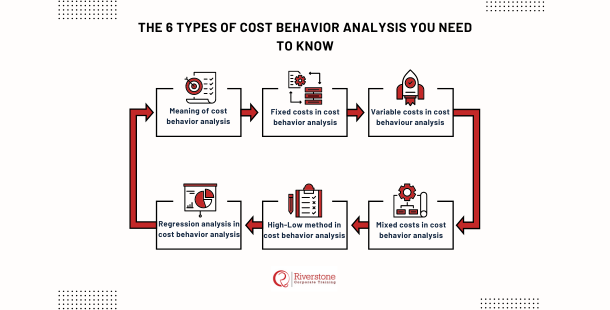The 6 Types of Cost Behavior Analysis You Need to Know
Meaning of cost behavior analysis
Cost behavior analysis aims to draw a line between a company’s operating costs and its level of activity. In other words, it’s an attempt to understand how operating costs change when the change in organization business. When analysts and managers perform cost behavior analysis, they typically display their findings using mathematical cost functions. Cost functions can also be expressed through a graph. Analysts will often aim to boil down costs to a linear function with the X and Y axes’ cost value and activity level.
However, in real-life situations, not all cost functions are linear and are not explained by a single cost driver.
The goal of cost functions is to describe how a specific cost (raw material, employee salaries, or overhead costs) related to the activity level influences that cost. For example, if a company decided to produce a larger quantity of a particular product, how will the different expenses related to that product behave. When analyzing this behavior, all costs can be categorized into fixed costs, variable costs, and mixed costs.
Fixed costs in cost behavior analysis
As the name suggests, fixed costs do not change with a company’s level of activity. An example of a fixed cost can be the insurance for a fleet of company vehicles. No matter how much the company uses cars, the insurance cost will remain the same.
Variable costs in cost behaviour analysis
Variable costs are proportional to the level of a company’s activity. An example of variable costs is the fuel bill for our fleet of vehicles. The more the company uses the cars, the higher the fuel bill. If the company doesn’t use the vehicles at all, the fuel bill will be zero.
Mixed costs in cost behavior analysis
These costs display both attributes of fixed and variable costs. They have a fixed portion of the cost and a part that varies with the level of activity. Maintenance and servicing costs for our fleet of vehicles can serve as an example of mixed costs. The less the company uses the cars, the less maintenance and service there will be, but even if the company doesn’t use the vehicles, but it incurs regular annual maintenance and check-ups costs
High-Low method in cost behavior analysis
To illustrate the cost function, analysts will need to perform quantitative analysis.
The simplest and fastest way to do so is the high-low method. When using the high-low method, the analyst will only look at the highest and lowest values of a cost driver (activity) and the costs related to it to plot the cost function graph.
This approach is not accurate, but it serves well as a “first glance” method for gaining quick insights into the relationship between activities and costs.
Regression analysis in cost behavior analysis
When more accuracy is needed, Analysts will rely on the regression analysis method. The regression analysis methods use statistics to determine the average amount of change in co-dependent variables (activity and cost). This approach is more accurate but also more time-consuming and will require software usage.


